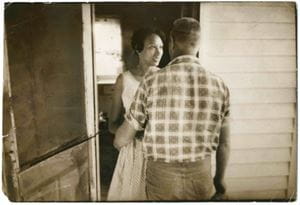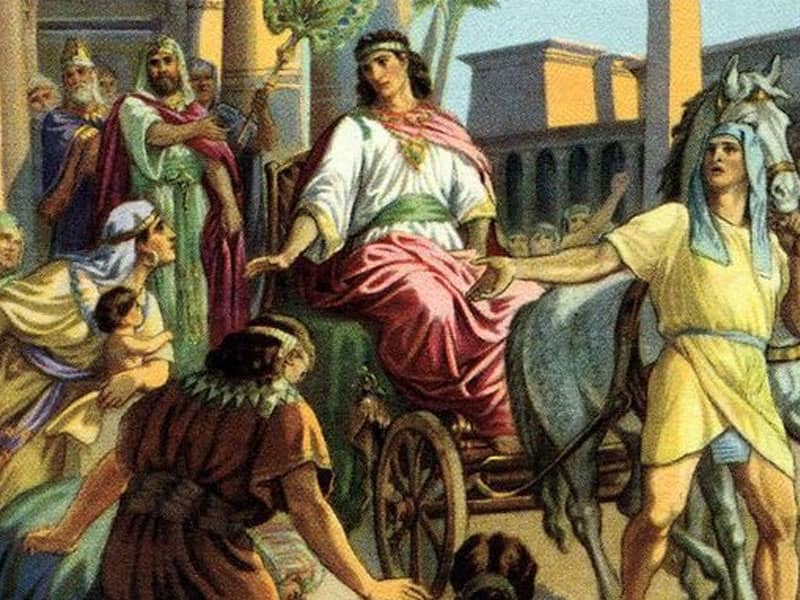
Tucked within the great stories of the Civil Rights era in the United States are the Lovings. Richard and Mildred were two Virginians who fell in love and wanted to get married. However, Richard was a White man, Mildred was a half-Black, half-Native American woman, and it was 1958. Their marriage was declared illegal, the two were arrested on their honeymoon night and subsequently exiled. The Lovings would spend the next nine years fighting the legal system all for the priviledge to go back home to Virginia as husband and wife.
Premiering on Valentine's Day 2012, a new HBO documentary follows their love story. Beliefnet interviewed the director and producer Nancy Buirski on how the film came to be and what it means today.
What made you take on this project?
I read Mildred Loving’s obituary in The New York Times in May of 2008. I was struck by how little I knew of this couple and their pivotal civil rights role. But it was also a profound love story with enormous relevance in today’s society. It falls right into the nexus of conversations on racial identity and marriage equality. We were watching a mixed-race candidate vying for the highest office in the land. It seemed like their case made this possible!
Where did all the video footage and photos come from?
I excavated the video footage in 2009. It was produced by Hope Ryden and shot by Abbot Mills. Ryden had the foresight and sensitivity to understand the value of what the Lovings were going through. As a cinema verité filmmaker, she was able to capture these regular people going about the business of their lives – not protesting or trying to change history. Grey Villet’s remarkable pictures were shot for a LIFE Magazine essay – only 9 were used at the time. The rest were given to the Lovings, and Peggy Loving gave them to us to use in the film. They opened the door to the “love” story; he captured the intimacy of this noble couple in his images.
So many great stories came out of the civil rights movement, Martin Luther King, Jr., Rosa Parks, Brown vs. the Board, yet the Lovings aren’t always listed. Why do you think that is?
The Lovings did not want publicity. They were simply two people who wanted tor return to Virginia – not activists or radicals in any way. Indeed, with publicity they would have put themselves in more danger since they were technically breaking the law when they returned to Virginia to live from time to time. They needed to stay under the radar.
I was most struck by the fact that they could have lived in D.C., but wanted to live at home in Virginia to be with family and also for the principle of the matter (as Mildred said, “It’s just not right”). What did you find remarkable?
So much, but I am constantly struck by how our assumptions about people can so often be wrong. Here is a regular couple coming out of a poor, rural community, but who changed history. Soft spoken but noble in every way.
How did this story inspire you personally?
It is a constant reminder that race is the American Story – everyone’s story! You cannot tell stories like this too often or take tolerance for granted. I’m thrilled that it has the resonance it has, that it seems to have touched so many people – mixed race, same-sex, or folks that had never given interracial marriage much thought. So my assumptions have also changed, not only about the Lovings, but about the world we live in. These battles are not over, and as we move on to what may feel like more urgent issues, we cannot lose sight of the intolerance that still pervades society.
What do you hope others will learn after seeing the documentary?
First, that anyone can change history and make a difference. Secondly, the response to the film has shown us that some crucial battles may have been won but, as Mildred said, we may not yet have won the big war.
The Loving Story premieres on on HBO East on February 14, 2012 at 9 p.m. Eastern, and will reair throughout February, March and April on other HBO channels. Check out HBO for more information and showtimes.

